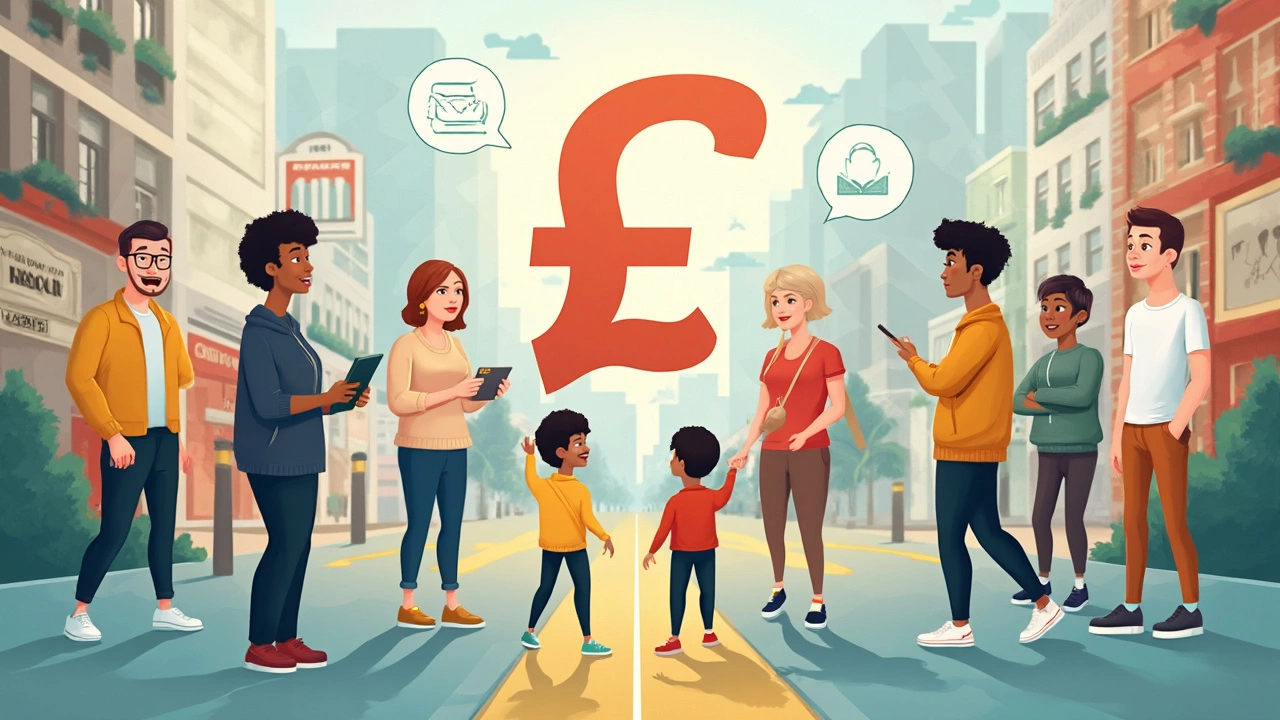Dealership Financing Made Simple: What You Need to Know
Walking onto a car lot can feel like stepping into a maze. Salespeople talk numbers, the finance office throws paperwork at you, and before you know it you’ve signed a loan you barely understand. The good news? You don’t have to accept the first offer. With a few clear steps you can see how dealership financing works, compare it to other options, and walk away with a deal that matches your budget.
How Dealership Financing Actually Works
When you buy a car, the dealer can arrange a loan on your behalf. They partner with banks, credit unions, or captive finance arms (like Ford Credit). The dealer sends your credit details to the lender, gets back a rate, and adds a small markup – often called a "dealer reserve." That markup is how the dealer earns extra money on top of any commission they get from selling the car.
Because the dealer controls the loan paperwork, everything happens on the lot. That can be convenient, especially if you need a car quickly, but it also means you’re less likely to see the best possible rate. The lender’s offer is usually based on your credit score, the loan term, and the vehicle’s price, plus the dealer’s markup.
Steps to Secure a Better Deal
1. Know Your Credit Score. Before you set foot on the lot, check your score. A higher score (720+) gives you bargaining power and lower rates. If your score is lower, consider paying down a few balances first.
2. Shop Around. Use a personal loan calculator or an online auto‑loan comparison tool. Get pre‑approval from at least two lenders. When the dealer presents their numbers, you can compare them side‑by‑side.
3. Negotiate the Car Price First. The loan amount is calculated on the final price, not the sticker price. Push the dealer to lower the vehicle cost before you talk about financing. A lower price means a smaller loan and less interest.
4. Ask About the Dealer Markup. It’s okay to say, "What is your finance reserve?" If they’re transparent, you’ll see the base rate and the mark‑up. If they’re vague, it’s a sign to walk away or take a loan elsewhere.
5. Limit Loan Term Length. Longer terms (72‑84 months) look attractive because of low monthly payments, but they cost you more in interest. Aim for 48‑60 months if you can manage the payment.
6. Consider Down Payments. Putting 10‑20% down reduces the amount you borrow and can knock a few points off the interest rate. It also shows lenders you’re serious about repayment.
7. Read the Fine Print. Watch for hidden fees: documentation fees, early‑payoff penalties, or “add‑on” products like extended warranties and GAP insurance. Those can add hundreds to the cost.
8. Timing Helps. Dealerships often have monthly or quarterly sales targets. Visiting at the end of the month can give you leverage to get a better rate or extra freebies.
By following these steps you turn the dealer’s finance office from a mystery into a negotiable part of the purchase. Remember, the dealer’s goal is to make a profit, so the more informed you are, the more you can push that profit onto them.
Finally, keep a copy of everything you sign. If the loan terms change after you drive off, you have proof to contest any discrepancies. With the right prep, dealership financing can be a quick, low‑stress way to drive away in the car you want without overpaying.
Car Finance: Who is Best to Finance a Car With?

Trying to figure out who is best to finance a car with can feel like a maze. This article breaks down the main options – banks, credit unions, dealerships, and online lenders – comparing their pros and cons in plain English. Get tips on how to score better rates and what catches to look for, depending on your situation. If you want to avoid rookie mistakes and save money, you’ll find handy advice here. No jargon, just helpful info for real people shopping for their next car.
Read More >>